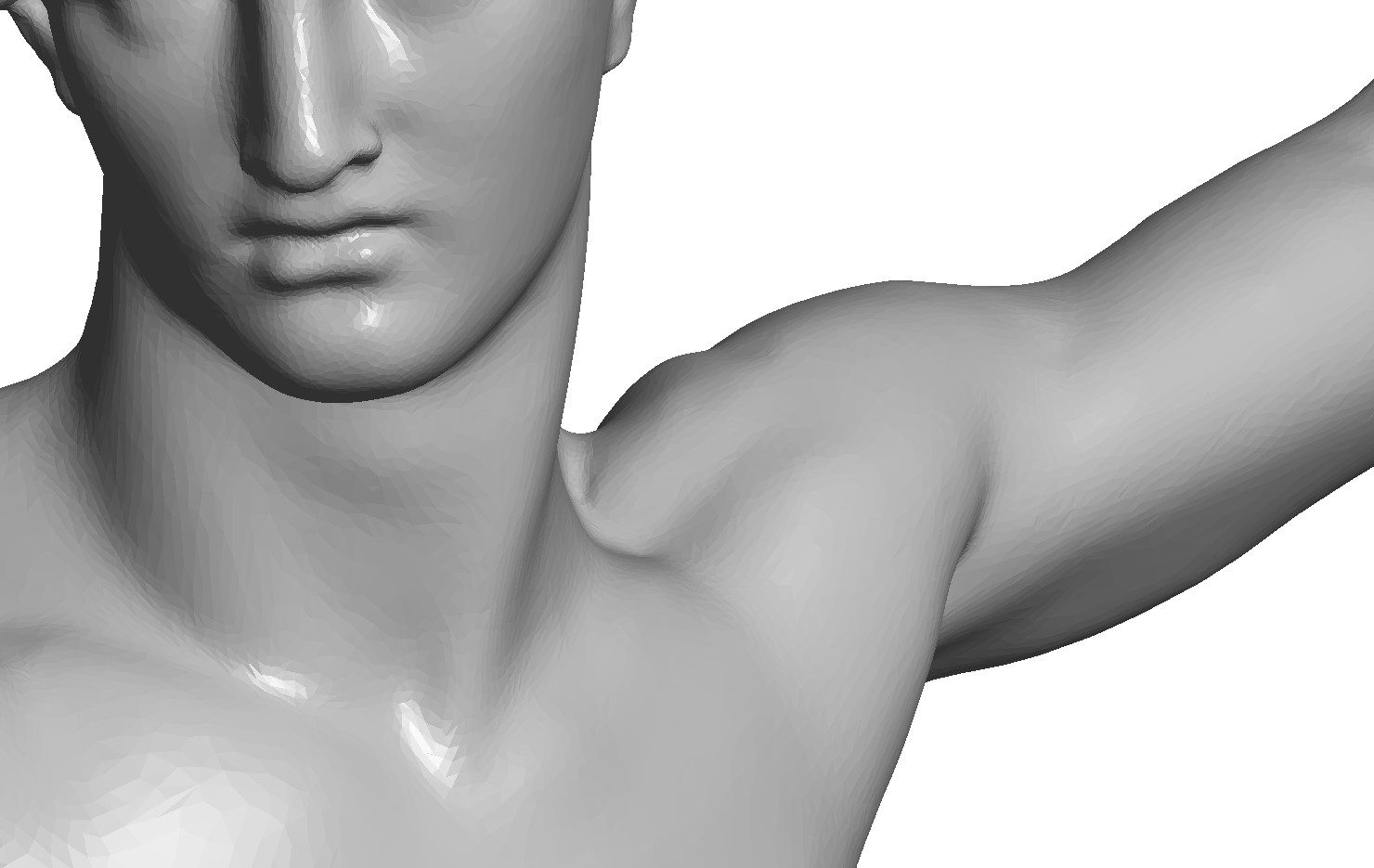3D wood additive manufacturing or Strato-Conception®
“3D wood additive manufacturing” borrows its technology from Strato-Conception®. This technique enables the rapid manufacture of industrial parts, design parts, models and much more, without the need for moulds or complicated machining.
Strato-Conception® is an advanced machining technology patented by CIRTES. It enables an object drawn in Computer-Aided Design (CAD) to be manufactured layer by layer. It is ideal for large parts.
ATELIER FALHER has been mastering this “reverse 3D printing“, specifically using wood, since 2018.
The objects made by ATELIER FALHER have the beauty of solid wood, are solid and have a fine finish that gives them the softness, incredible finesse and warmth of wood.
contact us to create Your 3D wood project

Thanks to perfect meshing following 3D modelling, we obtain fine structures and solid design pieces, magnifying the softness of the wood.
3D modelling of the “Genius of Liberty” at the Louvre, 3D scanned by ATELIER FALHER.

La Strato-Conception®, an additive manufacturing technology

This laminated manufacturing technique was developed by Professor Claude Barlier of CIRTES in the late 1980s. Patented in 1991, it involves breaking down an object into several elementary layers, using an automated process.
It all starts with the design of the object using Computer-Aided Design (CAD) software or a 3D scan. The resulting 3D file therefore contains all the data required to obtain a printable 3D file.
The object is broken down into a series of layers. Each of these layers is manufactured by micro-milling from rigid plates, available on the market, in composite material or laminated wood. The sheets used are not made of solid materials.
All these layers are then assembled using inserts and bridges to reconstitute the complete piece.
At ATELIER FALHER, we can produce your parts, moulds, 3D models and prototypes in a variety of materials, including wood and composite materials.
Combination of processes possible

The advantages of 3D additive manufacturing in wood
Choosing to manufacture an object using additive manufacturing offers a number of advantages.
Additive manufacturing offers
- time-saving thanks to rapid prototyping, without the need to make a mould, which reduces the number of stages required to create an object or prototype,
- great freedom of design, shape and quantity.
- Invisibility of the internal cavities housing the masses to position the centres of gravity and the proportions of the masses corresponding to reality, in order to carry out realistic mechanical tests.
Thanks to additive manufacturing, there are no more constraints or limits!
You can shape every imaginable object in record time.

Many areas of application for 3D additive manufacturing in wood
There are many areas of application for 3D additive manufacturing in wood. This process can be used to create :
- Wooden moulds for small production runs in thermoforming,
- Wooden master moulds for reproducing moulds,
- Models and prototypes for architects and construction managers,
- Parts or models of products and processes for stands and exhibitions,
- Direct pieces for the creation of furniture and artists‘ works,
- Reproductions of statues, sculptures or collector’s items.
